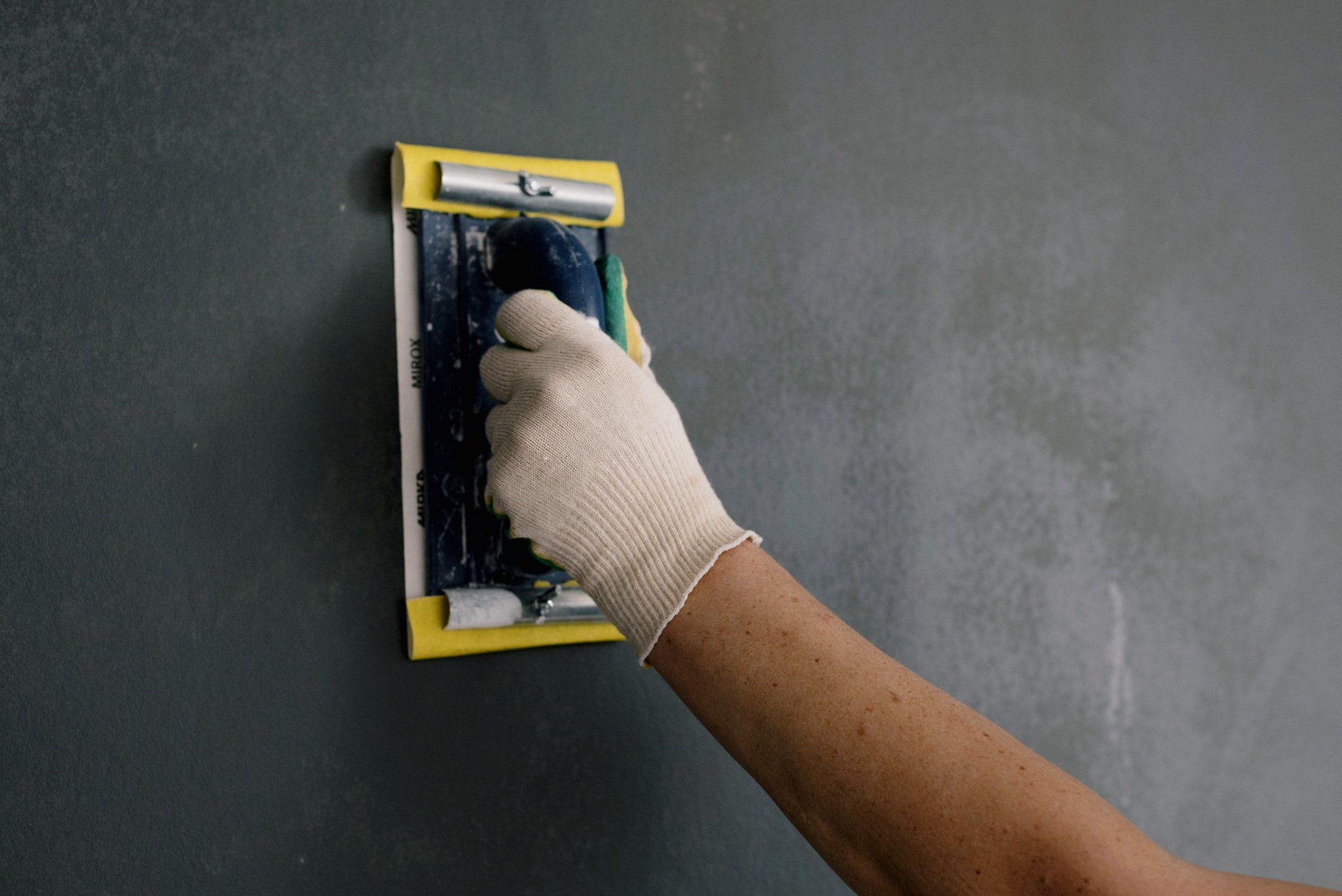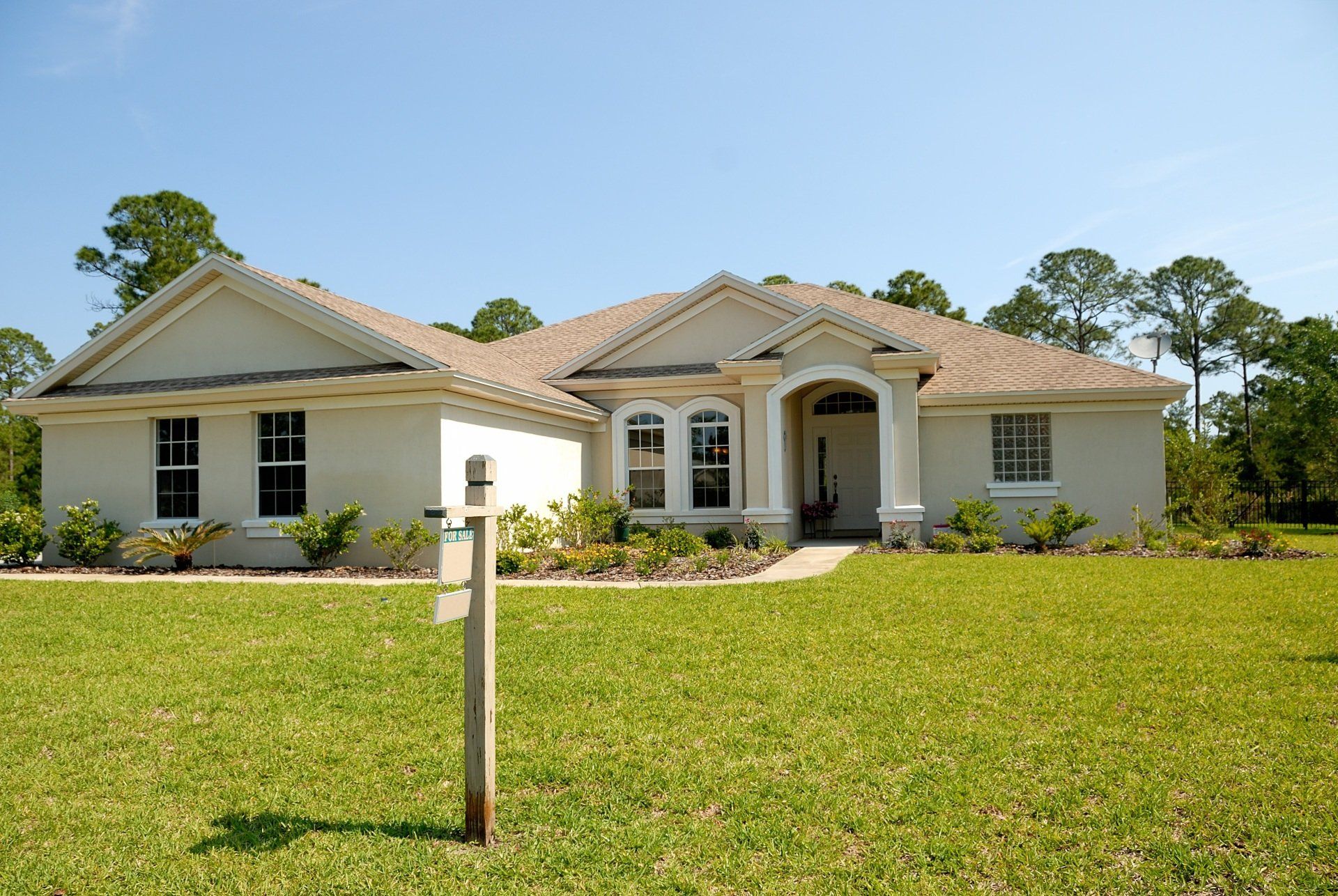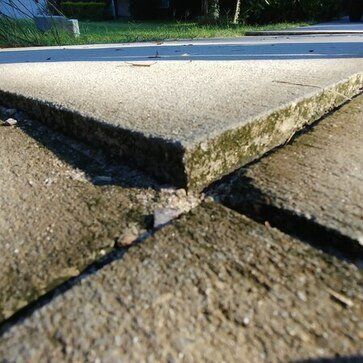Don't Let Leaks Sink Your Space: The Essential Waterproofing Handbook
Safeguard Your Home from Moisture Menace with Ultimate Waterproofing Strategies
In the face of relentless weather and the inevitable wear and tear of time, safeguarding your space against water damage is not just a preventive measure but a necessity. Whether it's the creeping dampness in the basement, the subtle seepage through foundation cracks, or the silent spread of mold in crawlspaces, water finds its way through the smallest of breaches. This guide serves as your comprehensive handbook for understanding and applying effective waterproofing services, ensuring your home remains dry, safe, and structurally sound.

Understanding the Basics of Waterproofing Services
Waterproofing services offer a range of solutions designed to prevent water from entering or damaging your home. These services encompass various techniques and products tailored to different parts of your house, including foundation, basement, crawlspace, and more. The goal is to create a barrier that water cannot penetrate, thereby protecting your property from the potential damage caused by water ingress.
Foundation Waterproofing: The First Line of Defense
Foundation waterproofing is critical in maintaining the structural integrity of your home. It involves applying a waterproof coating or membrane to the exterior walls of the foundation to prevent water from seeping through. This is particularly important in areas prone to heavy rainfall or where the water table is high.
Basement Waterproofing: Keeping the Depths Dry
Basement waterproofing is another vital component of a comprehensive waterproofing strategy. It can be approached from the inside (interior basement waterproofing) or the outside (exterior basement waterproofing). Basement sealing is a common interior method, involving the application of sealants to the walls and floors to keep moisture out. Exterior basement waterproofing, on the other hand, requires digging around the house to apply a waterproof membrane or coating directly to the outside walls of the basement, offering a robust solution to water intrusion.
Waterproofing Basement Walls: Shield Against Seepage
Waterproofing basement walls is crucial in preventing the dampness that can lead to mold growth and structural damage. Various waterproofing products are available, including sealants, membranes, and coatings that can be applied to both the interior and exterior walls to prevent water ingress.
Crawlspace Waterproofing: Protecting the Underbelly
Crawlspace waterproofing is essential for homes with crawlspaces, as these areas are highly susceptible to moisture and water damage. Effective crawlspace solutions include vapor barriers, encapsulation systems, and proper drainage to keep the area dry and free from moisture-related problems.
Addressing Foundation Leaks: A Proactive Approach
Foundation leaks can be a significant source of water ingress and must be addressed promptly. Identifying the source of leaks and applying the appropriate waterproofing measures can prevent further damage and maintain the foundation's integrity.
Professional Waterproofing: Expertise Matters
While some homeowners may attempt DIY waterproofing, enlisting professional waterproofing services ensures a thorough and lasting solution. Professionals have the expertise, tools, and materials to effectively address complex waterproofing challenges, from foundation waterproofing to crawlspace waterproofing and beyond.
Making Wood Waterproof: Beyond the Foundation
Make wood waterproof strategies are also part of comprehensive waterproofing protection. Wood elements, such as decks and outdoor furniture, require protection from moisture to prevent rot and decay. Specialized sealants and treatments can extend the life of wood surfaces by making them water-resistant.
Choosing the Right Waterproofing Product
Selecting the appropriate waterproofing product is crucial for effective water protection. From sealants and membranes to coatings and encapsulations, the right product depends on the area being treated and the specific waterproofing needs of your home.
Waterproofing Protection: A Holistic Approach
Ultimately, waterproofing protection for your home involves a holistic approach, addressing potential water ingress points from the foundation to the roof. Regular inspections, maintenance, and updates to waterproofing measures are essential in keeping your home dry and protected against the elements.
Exterior Waterproofing: The Outer Shield
Exterior waterproofing goes beyond just the basement; it encompasses all measures taken to prevent water from penetrating the exterior walls of your home. This method is often more complex and involves landscaping adjustments, the installation of drainage systems, and the application of waterproof coatings or membranes on the exterior walls. It's a proactive approach that addresses water before it can even reach the walls of your home, providing an effective barrier against moisture infiltration.
The Significance of Professional Waterproofing
While we briefly touched on the importance of professional waterproofing services, it's worth emphasizing the value these experts bring. Professionals not only bring their expertise in identifying the root causes of water intrusion but also ensure that the most effective, long-lasting solutions are implemented. They can navigate the complexities of exterior waterproofing, foundation waterproofing, and more, ensuring that every nook and cranny is sealed against potential leaks.
Advanced Waterproofing Techniques and Innovations
The field of waterproofing is continually evolving, with new techniques and products being developed to enhance waterproofing protection. Innovations such as smart drainage systems, hydrophobic sealants, and crystalline waterproofing technologies offer advanced solutions for keeping water out. These advancements provide homeowners with more effective and durable options for protecting their homes from water damage.
Sustainable Waterproofing Solutions
As environmental awareness increases, the demand for eco-friendly waterproofing products and methods has risen. Sustainable waterproofing solutions, such as green roofs, permeable pavements, and natural sealants, not only protect homes from water damage but also contribute to environmental conservation. These methods can reduce runoff, improve insulation, and even support biodiversity, aligning house waterproofing efforts with ecological sustainability.
The Role of Maintenance in Waterproofing
Effective waterproofing is not a one-time event but a continuous process that requires regular maintenance. Inspecting your home for signs of wear and tear, clearing gutters and drainage systems, and reapplying sealants as needed are all crucial steps in maintaining a waterproof barrier. Regular maintenance ensures that any potential issues are addressed promptly, preventing minor leaks from turning into major problems.
Waterproofing Challenges and Solutions for Different Climates
Different climates present unique waterproofing challenges, from heavy rainfalls in tropical regions to the freeze-thaw cycles in colder climates. Tailoring your waterproofing strategies to your local climate is essential for effective protection. For instance, in areas prone to heavy snow, ensuring proper attic insulation and ventilation can prevent ice dams, while in flood-prone areas, installing sump pumps and backwater valves can mitigate water damage.
The Importance of Interior Waterproofing Measures
While much focus is given to exterior waterproofing, interior measures are equally important. Waterproofing basement walls from the inside, using water-resistant paint, and installing interior drainage systems can provide an additional layer of protection. These measures can be particularly useful in situations where exterior waterproofing is not feasible due to space or budget constraints.
Conclusion: A Comprehensive Approach to Waterproofing
In conclusion, protecting your home from water damage requires a multifaceted approach that encompasses both exterior and interior waterproofing strategies. From the foundation to the roof, every aspect of your home needs to be considered and protected. By employing the right techniques, maintaining your waterproofing systems, and seeking professional guidance when necessary, you can ensure that your home remains dry, safe, and structurally sound. Remember, in the battle against water damage, proactive and preventive measures are your best defense.



